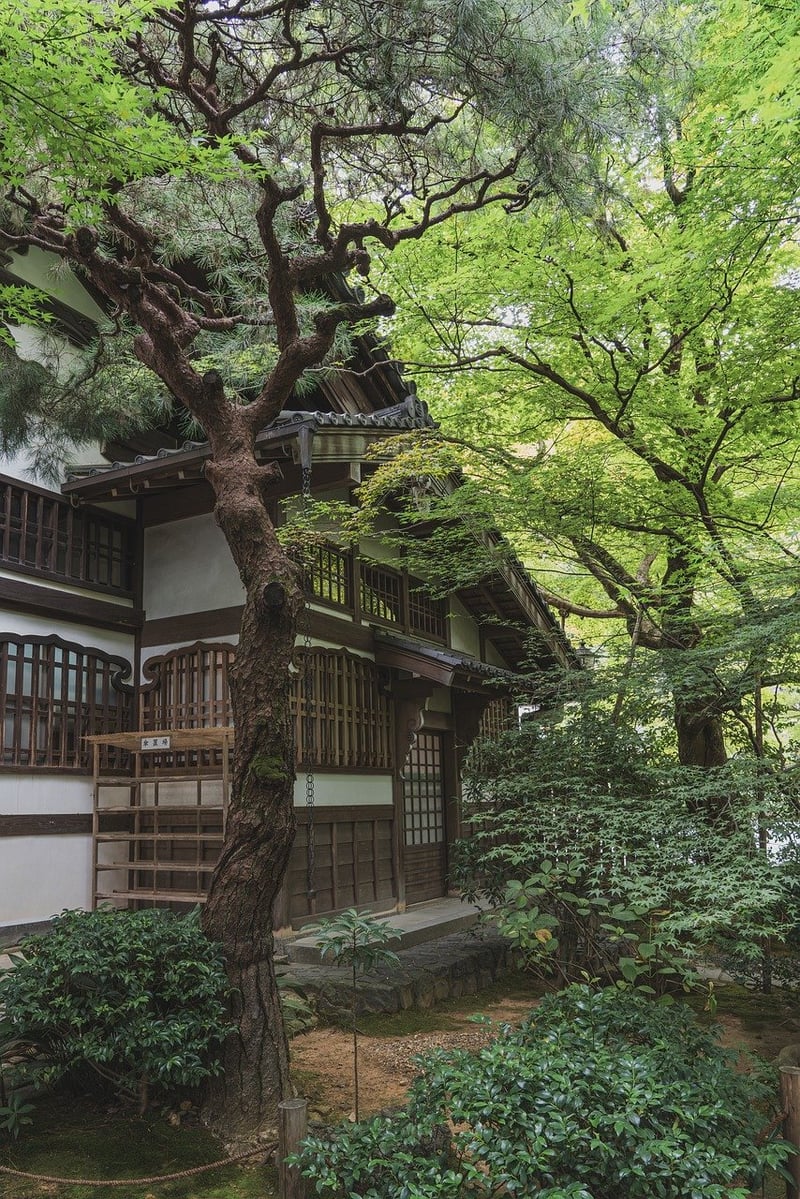Meditation Spaces
The Art of Zen Gardens and Meditation Spaces
Introduction to Zen Gardens
Zen gardens, also known as Japanese rock gardens, are renowned for their minimalist and serene design, creating a peaceful sanctuary for contemplation and meditation. These gardens typically feature carefully placed rocks, gravel or sand raked to represent ripples in water, and sparse vegetation. Let's explore the essential elements that make up a traditional Zen garden.
Essential Elements of a Zen Garden
1. Rocks
Rocks are a fundamental element in Zen gardens, symbolizing strength, stability, and eternity. They are strategically placed to evoke natural landscapes such as mountains or islands.

2. Gravel or Sand
Gravel or sand is used to mimic the appearance of flowing water or ripples. Raking patterns in the gravel is a meditative practice that represents the impermanent nature of life.

3. Minimalist Vegetation
Zen gardens often feature sparse vegetation such as moss, pruned trees, or bonsai plants. These plants are carefully selected and pruned to maintain simplicity and harmony.

Creating a Meditation Space
In addition to Zen gardens, creating a dedicated meditation space in your home or garden can enhance your mindfulness practice. Here are some tips for designing a meditation space:
1. Quiet and Peaceful Environment
Choose a quiet corner or area in your home or garden where you can meditate without distractions. Consider using natural elements like plants or water features to create a calming atmosphere.
2. Comfortable Seating
Invest in a comfortable meditation cushion or chair to support your posture during meditation. Choose a seating option that allows you to sit upright with ease.
3. Personal Touches
Add personal elements such as incense, candles, or meaningful artwork to personalize your meditation space and create a sense of tranquility and focus.
By incorporating these essential elements into your Zen garden and meditation space, you can create a peaceful retreat for relaxation, contemplation, and mindfulness.
